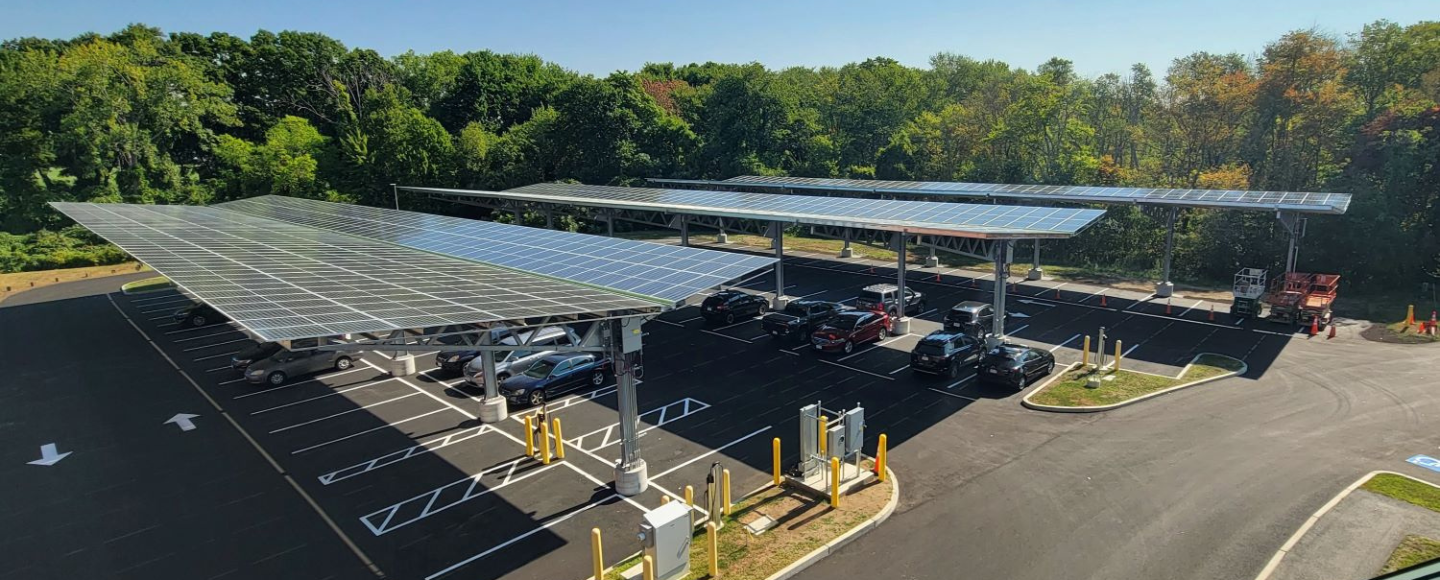With their ongoing commitment to sustainability, universities and colleges set ambitious goals to reduce their carbon footprints. This path to decarbonization requires a significant shift towards electrification which is the replacement of technologies that directly use fossil fuels (like natural gas, oil, and coal) with those that use electricity. Therefore, electrification is a key step in phasing out fossil fuel dependence.
However, decarbonization through electrification means using substantially more electricity on campus to run those greener technologies. This leads to higher supply charges on electric bills because supply charges are based on usage. Plus, the costs for required grid upgrades to support widespread electrification will be paid for through higher electric rates. Increased electric usage plus higher electricity rates equals ‘double trouble’ for universities’ operating budgets. Navigating this reality demands innovative strategies, collaborative efforts, and moving expeditiously.
Electrification: Powering Sustainability
For universities, electrification means transitioning to electric heating and cooling systems, adopting electric vehicles for campus transportation, and utilizing electric-powered equipment for various campus operations. However, electricity itself isn’t inherently clean; the source matters. Replacing inefficient boilers with electric heat pumps and introducing EV charging stations are great additions, but the net environmental benefit shrinks if the electricity that powers them comes from natural gas power plants. Moreover, adding new solar installations to the campus, including rooftop and solar carport canopies, provides electricity from a renewable source generated on-campus, reducing the need for costly, grid supplied power.
Likewise, timing matters. Frequently, energy efficiency measures, such as LED lighting, insulation, efficient HVAC systems, and smart building technologies are touted as initial steps for decarbonization. These are important, and should be pursued in parallel with solar and energy storage technology for cohesive and comprehensive capital planning. Typically, federal and state incentives, interconnection queues, and financial benefits favor those who move sooner with renewable energy projects. Plus, onsite solar and energy storage are the only emissions reduction strategies that may not require a cost to you.
Collaborative Solution: PowerOptions Solar and Storage Program
The PowerOptions Solar and Energy Storage Program offers universities a simplified approach to onsite solar and energy storage. As the leading energy consortium in New England, PowerOptions streamlines procurement with pre-negotiated contracts and group pricing, and provides valuable energy advising and support. Solect Energy provides the project design, financing, construction, and ongoing operations and maintenance. Together, this partnership has completed more than150 solar projects in New England.
For example, Salem State University, a public university in Salem, Massachusetts, continues to add more solar through the PowerOptions program. Combined with the six existing solar arrays on campus, their two new installations bring their solar capacity to about one megawatt. As a result, the university expects to save $1.3 million and avoid more than 154,000 metric tons of carbon emissions during the 20-year lifespan of the five most recent projects.
“Expanding Salem State’s rooftop solar arrays is an important step toward our carbon neutrality goal. These solar projects reduce our campus’s climate impact while also supporting our financial goals. We are proud to continue advancing our commitment to sustainability”. –Karen House, SSU Vice President of Finance and Facilities.
Sustainable, Low-Carbon Future
Ultimately, the journey towards decarbonization through electrification is both a challenge and an opportunity for higher education institutions. While the financial implications of increased electricity usage and rising rates are significant, there are effective strategies to manage these impacts when done proactively. By embracing energy efficiency, renewable energy, and collaborative programs like the one offered by PowerOptions, universities can continue to lead in the transition to a sustainable, low-carbon future while protecting their operating budgets.
Next Steps
Contact us today for a no-cost, no obligation initial consultation. Our simplified engagement leads to project planning based on your current and projected electric load and costs, decarbonization goals, and site readiness. Email info@solect.com or call 508-598-3511 to get started.
February 7, 2024

